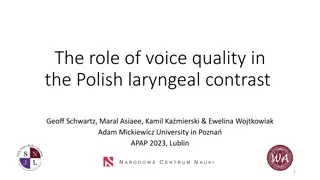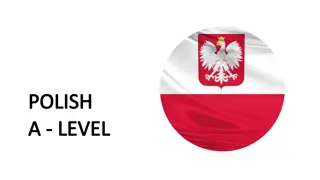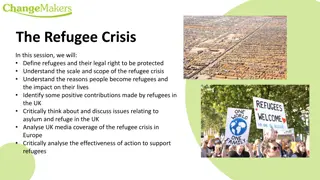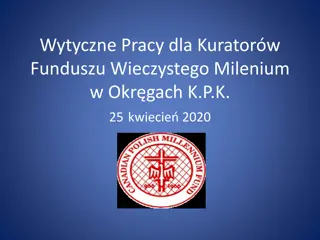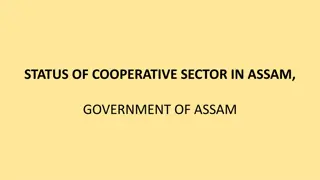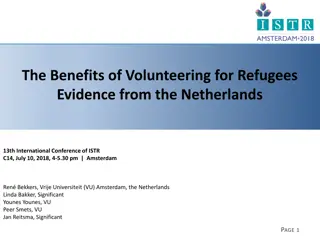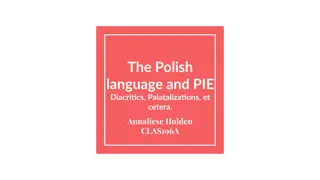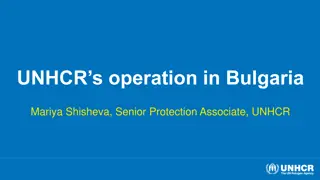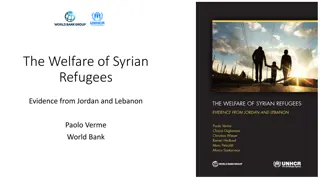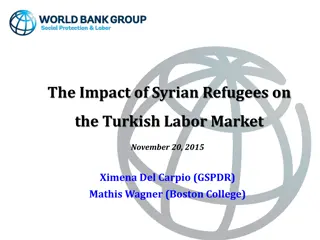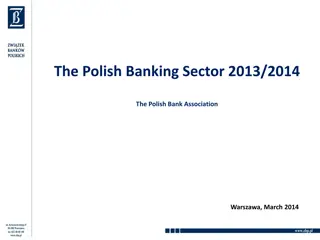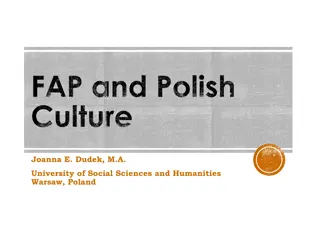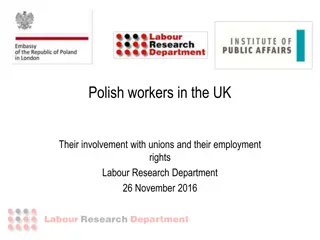Activities of Societies of Aid to Polish Refugees During WWI
The activities of societies aiding Polish refugees during World War I focused on preserving their national identity. These societies provided financial, material, fuel, housing, and cultural support to the refugees. The funding for these societies transitioned from private donations to government funding in 1915. Religious associations, charity organizations, and churches played key roles in supporting the Polish refugees. The cultural support included theaters, literature evenings, charity concerts, and lectures on Polish literature, culture, and history. The Polish societies had distinctive features like targeted support programs for Poles, emphasis on education, a strong religious component, and attention to cultural and spiritual needs of refugees.
Download Presentation

Please find below an Image/Link to download the presentation.
The content on the website is provided AS IS for your information and personal use only. It may not be sold, licensed, or shared on other websites without obtaining consent from the author. Download presentation by click this link. If you encounter any issues during the download, it is possible that the publisher has removed the file from their server.
E N D
Presentation Transcript
Activities of societies of aid to Polish refugees for the preservation of their national identity during the First world war Vladimir Komarov Moscow, 2020
Funding of societies: Before autumn 1915 - private donations After September-October 1915 - government funding
The main types of aid to refugees: Financial Material Fuel Housing Cultural
The "origins" of societies of aid to Polish refugees Religious associations Charity organisations Church What a happiness it was: Jesus, hidden in the holy mysteries, the altar of the Mother of God, the priest, several chaplains from Polish emigrants - everything is the same as at home, in Warsaw .
Societies of aid to Polish refugees Their appearance was a phenomenon that had no analogues in pre-war history, testifying to the severity of the refugee problem, as well as to the disbelief of representatives of a number of ethnic communities (Jews, partly Poles) in the ability of Russian government structures and Russian population to support their compatriots who have fallen into difficult conditions. A.S. Tumanova
Key directions of cultural support Theaters Literature evenings Charity concerts Lectures (on Polish literature, culture, history)
Distinctive features of Polish societies Targeted nature of support programs - exclusively to Poles, Emphasis on educational organization (both for children and adults) Significant religious component Great attention to the cultural and spiritual needs of refugees
The presence of Poles from all regions in Russia during the First World War made it possible to simulate a meeting in independent Poland, where the divided for a long time Polish nation was to be consolidated once again . .


